#caeciliidae
Text

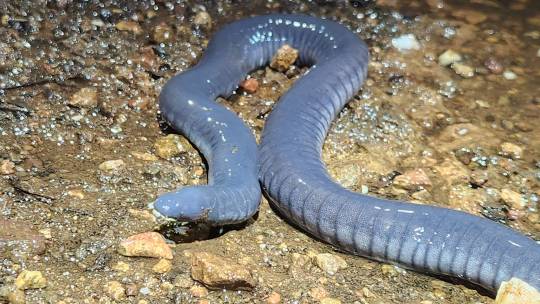
White-belly Ceacilian (Caecilia albiventris), family Caeciliidae, endemic to Suriname
Ceacilians are amphibians, like frogs and salamanders.
They are not snakes, nor are they worms.
photograph by Herping Suriname
660 notes
·
View notes
Text
Hot Darcie have scissor sex with Katrina
Pleasure Up High
sexy porn video cute
Girl alone in the house wears her nice dirty diaper and shows it to you
Dana licking Victoria in the bedroom lesbian big boobs
Latina Chick sucking cock of her boss real blowjob cam show Oral sex free video
Alina Belle Jailbird Jizz Queen
Hairy pussy girl wear glass and fingering pussy
Stud with lagre shlong stuffs young ballgagged teenager
Metendo de ladinho no gostoso
#disfrancnise#COPS#high-prized#Kamares#rescuable#carrefour#hurler#repaginating#semiglobularly#alaskaite#remarkably#muslim#airthed#calyceraceous#xerophyte#Gaul#spelldown#Caeciliidae#Chadburn#pseudofarcy
0 notes
Text
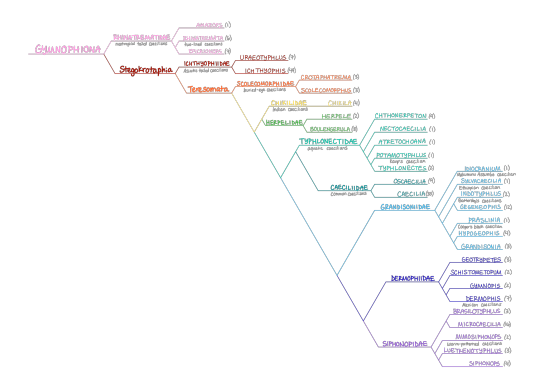

#biology#diagrams#evolutionary biology#phylogenetic tree#phylogeny#amphibians#amphibia#caecilians#gymnophiona#rhinatrematidae#stegokrotaphia#ichthyophiidae#teresomata#scolecomorphidae#chikilidae#herpelidae#typhlonectidae#caeciliidae#grandisoniidae#dermophiidae#siphonopidae
1 note
·
View note
Photo
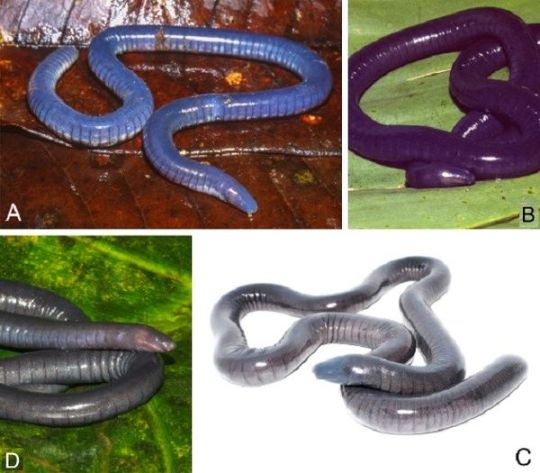
On the identities of Caecilia degenerata Dunn, 1942 and of C. corpulenta Taylor, 1968 (Amphibia: Gymnophiona: Caeciliidae) with descriptions of three new species of Caecilia Linnaeus, 1758 from the Cordillera Oriental of Colombia
JUAN DAVID FERNÁNDEZ-ROLDÁN, JOHN D. LYNCH, GUIDO FABIAN MEDINA-RANGEL
Abstract
The Central portion of the Cordillera Oriental of Colombia is currently reported to harbor two species of Caecilia distributed at comparable elevations on opposite versants of these Mountains.
These are C. corpulenta, known from Virolín, Santander, at 1700–2000 m on the western slopes of the Cordillera Oriental and C. degenerata, known from Garagoa, Boyacá, and Choachí and Fomequé, Cundinamarca, at 1800–2100 m on the eastern slopes of the Cordillera Oriental. Both species have dermal scales and lack secondary grooves, and have been subjected to misidentifications by herpetologists studying the Gymnophiona of the Eastern Andes of Colombia.
Our results indicate that only the latter species is found in Colombia and the former is restricted to Peru, leaving those populations previously referred to C. corpulenta and those distinct from C. degenerata pending names. We here present an account for C. degenerata based on material from Choachí and Fómeque, Cundinamarca, as well as descriptions of three new species from the Cordillera Oriental and adjacent Venezuela: C. atelolepis sp. nov., C. epicrionopsoides sp. nov., and C. macrodonta sp. nov.
We also provide additional morphological information for the recently described C. pulchraserrana.
Read the paper here:
https://www.mapress.com/zt/article/view/zootaxa.5227.2.3
32 notes
·
View notes
Text
Настоящие червяги, или бесхвостые червяги, или цецилии (лат. Caeciliidae), — семейство безногих земноводных (Gymnophiona). Внешне похожи на крупных дождевых червей (отсюда название). Встречаются в тропиках Африки, Азии и Америки.

0 notes
Video
Gymnopis multiplicata
Photo by Ian VanLare
#costa rica#amphibians#caeciliidae#gymnopis#caecilian#amphibian#sourced#photo#flickr#animals#mod b#green#big boyo :-)
50 notes
·
View notes
Photo

L’anfibio chiamato come Trump, come lui mette la testa sotto terra per non vedere i cambiamenti climatici Si chiama Dermophis donaldtrumpi ed è l’ultima scoperta nel campo della biodiversità marina. Si tratta di un anfibio con abitudini e caratteristiche molto particolari, che ricordano appunto quelle del presidente degli Stati Uniti Donald Trump. La creatura recentemente scoperta è quasi cieca e passa gran parte del suo tempo con la testa sotto la sabbia perché estremamente sensibile ai cambiamenti climatici dell’ambiente in cui vive. La sua reazione al problema del clima ricorda quella di Trump, tanto che l’anfibio è stato proprio catalogato con un nome ispirato al tycoon, alludendo alla linea negazionista del presidente sui cambiamenti climatici. La società EnviroBuild, che si occupa di costruzioni ecosostenibili, ha pagato 25mila dollari all’asta organizzata dalla Rainforest Trust per la raccolta fondi per la protezione di aree della foresta pluviale, e ha battezzato l’anfibio della famiglia Caeciliidae con un nome che ricorda quello del presidente Usa, Dermophis donaldtrumpi. La EnviroBuild ha pubblicato su Twitter un fotomontaggio dell’anfibio che indossa una parrucca “alla Donald Trump”, che ricorda la singolare chioma bionda del presidente. Il fatto che l’anfibio tenga costantemente la testa sotto la sabbia o il fango rimanda molto all’approccio di Trump alla questione del surriscaldamento globale. Un altro modo per sensibilizzare sul tema. tpi news
5 notes
·
View notes
Text
#новости | У считавшихся безвредными амфибий нашли способность к ядовитым укусам
#новости | У считавшихся безвре��ными амфибий нашли способность к ядовитым укусам
У земноводных червяг выявили ядовитые железы в ротовой полости, с помощью которых они могут наносить ядовитые укусы. Ранее считалось, что эти существа безвредны.
Исследователи из Университета Юты изучали земноводных червяг (Caeciliidae), входящих в группу безногих змеиных амфибий, и обнаружили в секрете их желез во рту ферменты, способные разрушать фосфолипиды и отдельные белки.
– В научном…
View On WordPress
#амфибий#безвредными#нашли#Новости#Новости бизнеса#новости экономики#события экономики#способность#считавшихся#укусам#экономика#экономика сегодня#ядовитым
0 notes
Text
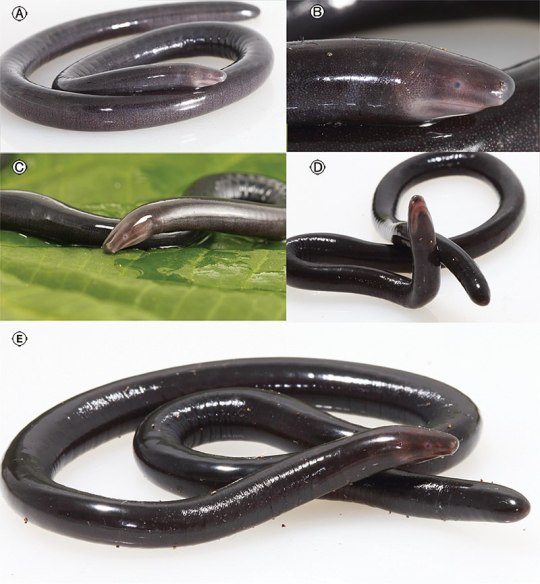
Caecilian (Caecilia pulchraserrana), family Caeciliidae, endemic to Yariguíes National Park, in Santander Department, Colombia.
Caecilians are amphibians, like salamanders and frogs.
(They're vertebrates.)
They are not worms, nor are they snakes.
photographs via: Andrés R. Acosta-Galvis, Mauricio Torres, Paola Pulido-Santacruz
573 notes
·
View notes
Text

Caecilian (Caecilia tentaculata), family Caeciliidae, Yasuni National Park, Ecuador
What's this? A worm? A snake? NO! It's an amphibian, like salamanders and frogs.
photograph by Matthieu Berroneau
443 notes
·
View notes
Text


Moscopan Caecilian (Caecilia subdermalis), family Caeciliidae, endemic to Colombia
Ceacilians are amphibians, like frogs and salamanders.
They are not snakes, nor are they worms.
photographs by Santiago Narváez
200 notes
·
View notes
Text
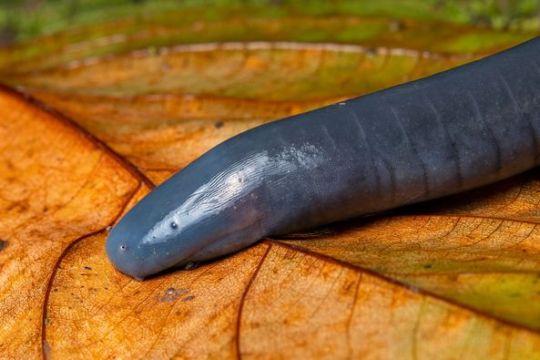
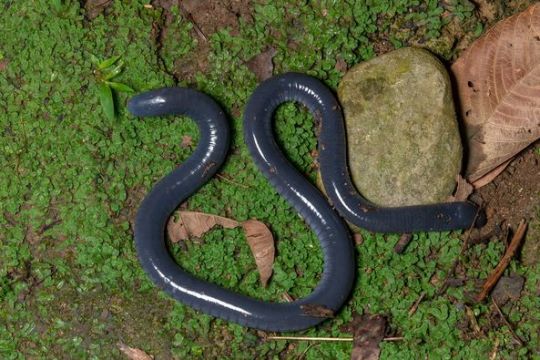
Caecilian (Caecilia tentaculata), family Caeciliidae, Ecuador
Just a reminder that caecilians are not worms, and they are not snakes!
Caecilians are amphibians, like frogs and salamanders. (They are vertebrates).
Caecilians, like other amphibians, have a larval (tadpole) stage. Some of their larvae are free swimming, and some develop through their larval stage in the egg.
Caecilians are either aquatic or fossorial (burrowing) in tropical regions across the Neo-Tropics (Central and South America), Africa, and SE Asia.
photograph by Cristian Torica
427 notes
·
View notes
Text
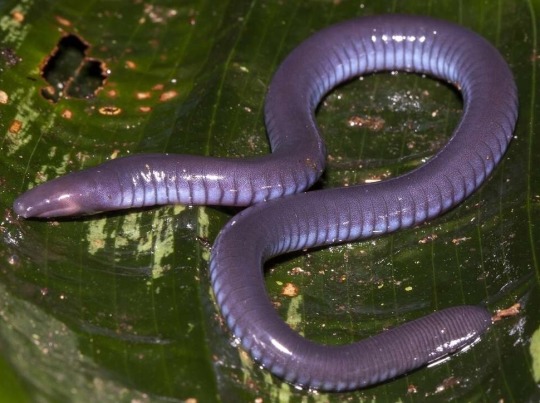
Slender Caecilian (Caecilia gracilis), family Caeciliidae, Peru
photograph by dhfischer
184 notes
·
View notes
Text
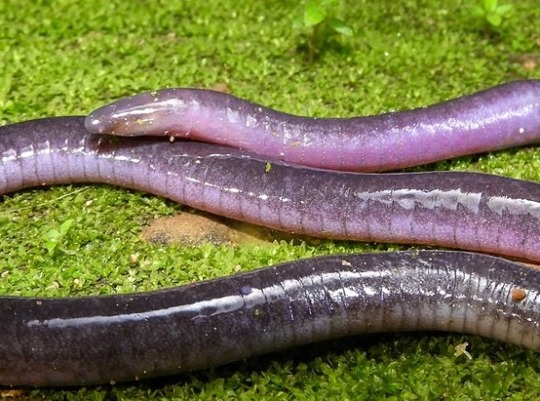
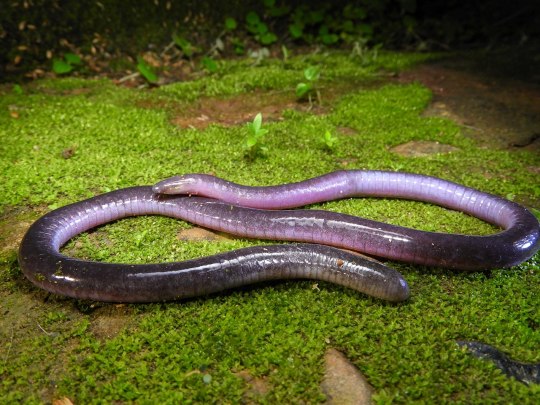
Magdalena Valley Caecilian (Caecilia subnigricans), family Caeciliiidae, San Jacinto, Bolivar, Colombia
photograph by José Gabriel Julio Guzmán
127 notes
·
View notes
Photo
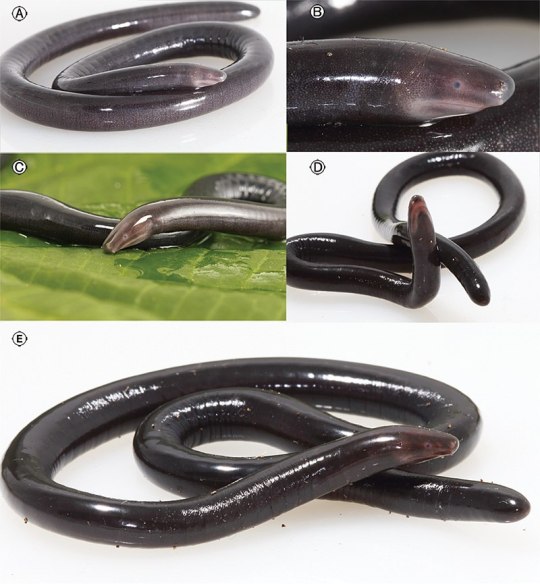
Caecilia pulchraserrana
from: A new species of Caecilia (Gymnophiona, Caeciliidae) from the Magdalena valley region of Colombia (2019)
80 notes
·
View notes
Photo
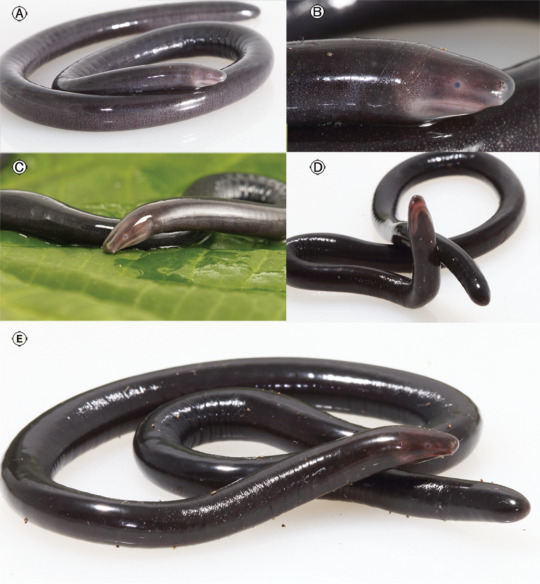
CURRENT WORK IN HERPETOLOGY:
A new species of Caecilia (Gymnophiona, Caeciliidae) from the Magdalena valley region of Colombia
Acosta-Galvis AR, Torres M, Pulido-Santacruz P (2019)
ZooKeys 884: 135-157. https://doi.org/10.3897/zookeys.884.35776
132 notes
·
View notes